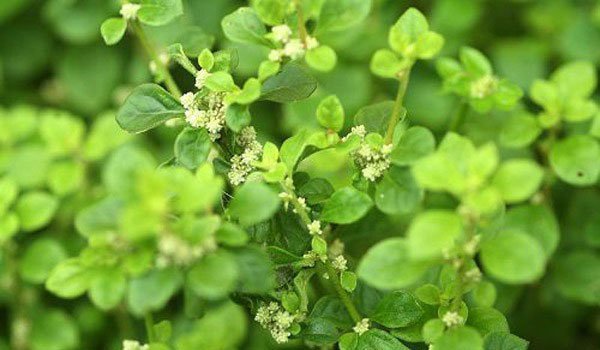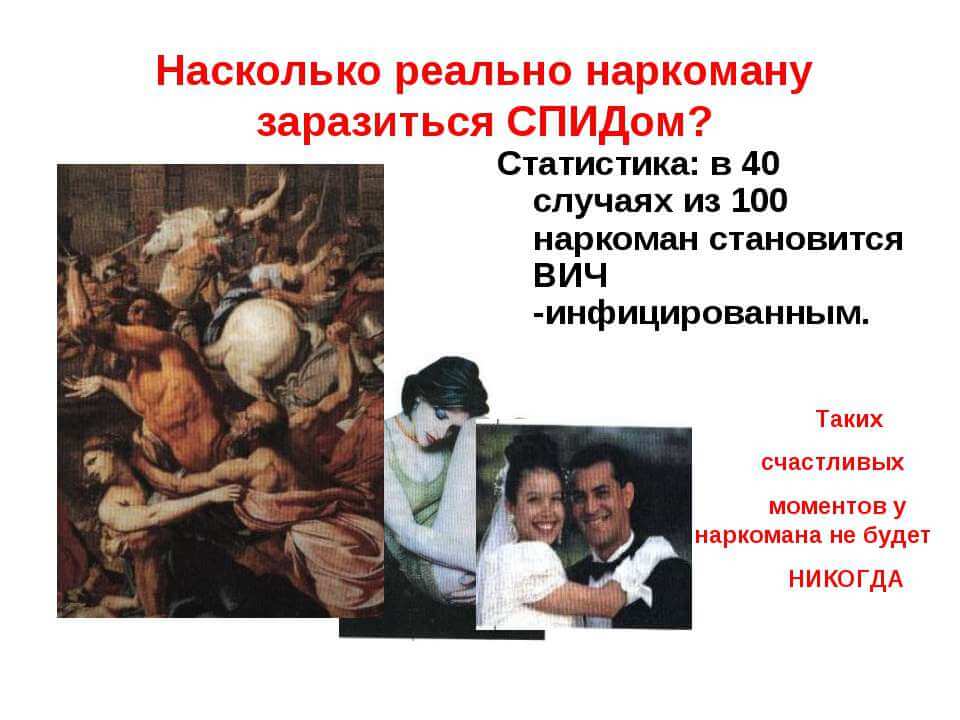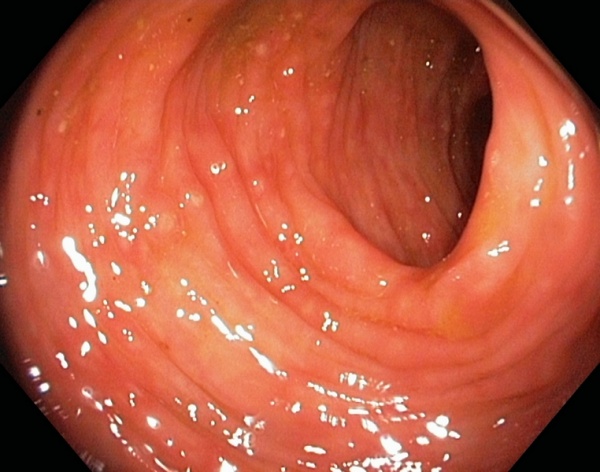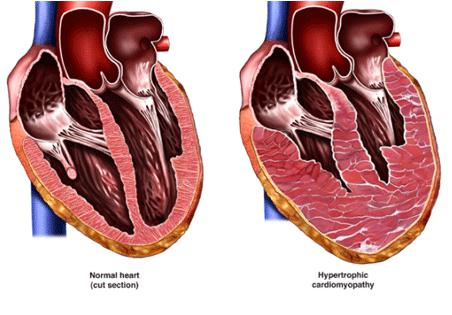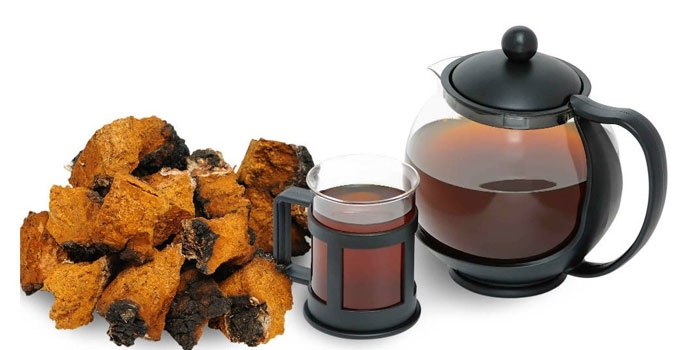Symptoms of whooping cough in children under one year old and older: the first signs and methods of treatment at home
Whooping cough is included in the list of dangerous childhood diseases is not accidental, because still more than a million children die from an insidious disease every year. The worst thing is that a disease that can be cured with a common antibiotic turns out to be fatal for newborns and babies under the age of one. The sad statistics is due to the fact that the disease is difficult to detect at its early stage, which is why complete information about the disease is so important for parents. How the disease begins, what symptoms makes itself felt, what helps to cure it, and what is the prevention of a dangerous disease - the current topics of our review.
For an infant, whooping cough can be a very dangerous disease.
General information about whooping cough
The disease is provoked by a bacterium with the Latin name Bordetella pertussis, which has a specific effect. Whooping cough is transmitted by airborne droplets through coughing in close contact with a sick person and refers to childhood diseases, however, there have been cases of infection with the disease among the adult population - often it is an adult who becomes the culprit in infecting a child with whooping cough.
How long does it take for an infection to hit the body? Whooping cough has a short lifespan and can only be passed on to another person from a short distance. Close contact, unfortunately, guarantees 100% infection.
If the baby is contagious, but no one knows about it yet, and the child continues to attend kindergarten, then he will easily provoke whooping cough in children from his group. Unvaccinated children are especially at risk.
Getting into the bronchi and trachea, Bordetella pertussis clings with its villi to the ciliated epithelium of these organs and begins its harmful effect. The cough center, located in the brain, is constantly irritated, the amount of viscous mucus increases. In addition, the bacterium releases toxins that continue their irritant action even after the wand itself is killed.
Doctors have established that the problem of a long cure for the disease is not in the infection of the respiratory organs, but in the irritating effect of the cough center. With such a clinical picture, the methods of treating a viral type of cough and its whooping cough counterpart are fundamentally different. An illness in an acute infectious form is difficult, poses a particular danger to the health of newborns and babies up to a year old. A serious picture of the disease emerges in unvaccinated children. When the body is not ready or it has nothing to oppose an insidious infection, the disease can last up to 3 months.
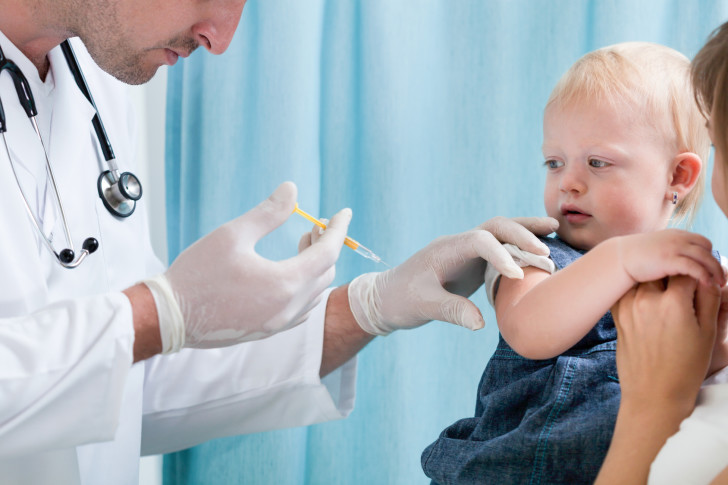 Timely vaccination reduces the chances of a child getting whooping cough
Timely vaccination reduces the chances of a child getting whooping cough What are the symptoms of whooping cough?
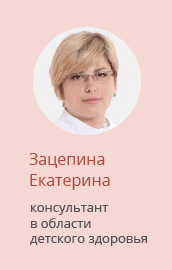
This article talks about typical ways to solve your questions, but each case is unique! If you want to know from me how to solve exactly your problem - ask your question. It's fast and free!
The incubation period of the disease is 7-14 days - the period during which the whooping cough bacterium colonizes the mucous membrane of the respiratory organs, begins to multiply and provokes the supply of irritating signals to the brain. The cough center responds to irritation with the strongest bouts of coughing, lasting about 3 months. Doctors call whooping cough the "hundred-day cough."
Associated symptoms
Since the disease is infectious in nature, it is not expressed by one cough. The disease is accompanied by other symptoms:
- temperature rise to 38 degrees;
- mild sore throat;
- runny nose;
- dry cough.
The symptoms are very similar to a cold, so a pediatrician's consultation is necessary. Diagnosis is based on the examination of the child, tests, the nature of the cough, which show the doctor a clear picture, as a result, he will be able to accurately build the treatment. Early therapeutic action is especially important for infants, who find it very difficult to endure spasmodic attacks.
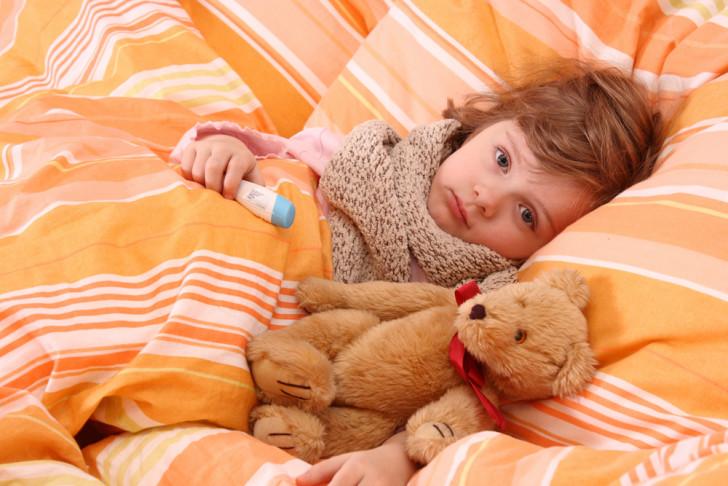 Whooping cough is easily confused with the common cold, so the diagnosis should only be made by a specialist.
Whooping cough is easily confused with the common cold, so the diagnosis should only be made by a specialist. Specific features of whooping cough
Cough with whooping cough has specific manifestations. With each attack, you can see how the intensity of the cough increases, acquiring a spasmodic character. By the way, in vaccinated babies, the process is easier. To recognize the cause of a cough, its specific differences, shown in the video, help. An unpleasant process looks like this:
- Cough push. It is formed on exhalation, causing the child to cough violently, preventing him from taking a breath.
- Reprise - a deep breath, accompanied by a whistle. A whistling sound is formed at the time of spasm of the glottis. The narrow children's larynx contributes to the pronounced severity of the whistling sound.
- Blueness or redness of the face. It arises due to a lack of air blocked by coughing attacks: blood rushes or vice versa poorly enters the skin, the body reacts by changing their color.
- Mucus discharge or vomiting. A strong and prolonged attack of coughing ends with vomiting, along with which viscous mucus may come out.
- acute phase. It occurs after a 10-day increase in coughing attacks. For two weeks, the symptoms remain unchanged, expressed in constant bouts of coughing and general malaise. Then begins a slow mitigation and reduction in the time of attacks.
The break between attacks gives the baby a rest, and he behaves as usual: he walks, plays, communicates cheerfully. However, the number of attacks varies depending on the severity of the disease, which is clearly shown by photos of sick children. One child may cough up to 20 times a day, while another may have 40-50 attacks a day. With such intensity, the baby noticeably gets tired, his behavior changes, he becomes lethargic and irritable.
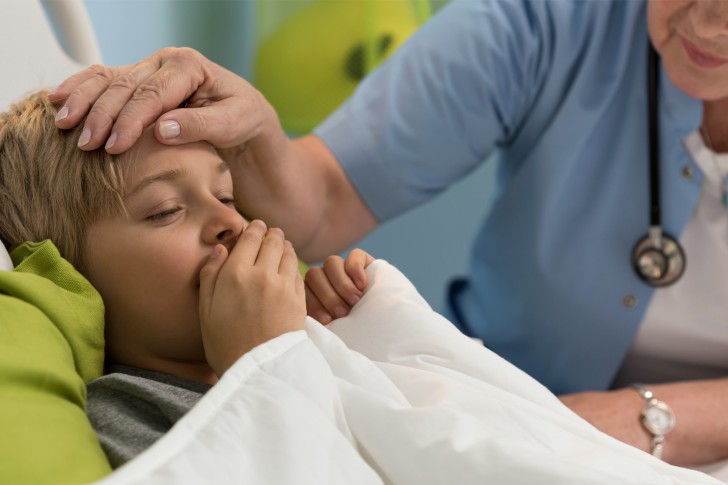 Coughing with whooping cough literally exhausts the child, but the rest of the time he can feel quite normal
Coughing with whooping cough literally exhausts the child, but the rest of the time he can feel quite normal What are the stages of the disease?
After classifying studies, doctors deduced and described three stages of whooping cough. Here are their detailed specifications:
- Catarrhal. The stage is accompanied by cough, runny nose and temperature rise to 37.5-37.7 degrees (rarely). The nature of the cough is unproductive, dry, with frequent attacks. The catarrhal phase lasts up to 2-3 weeks. Symptoms are unclear, so the doctor can define it as bronchitis or acute respiratory infections. Most cases of infection occur in the catarrhal stage due to its mild course. The probability of getting infected in close contact with the patient is 100%.
- Paroxysmal cough occurs after the symptoms of the usual acute respiratory infections disappear. Cough acquires an obsessive form, causes a spasmodic reaction. An experienced pediatrician without additional research accurately diagnoses whooping cough at this stage, but a blood test must be passed. It should be noted that at this stage, whooping cough in a vaccinated child is milder or takes a short time, during which the doctor does not have time to make a diagnosis.
- Recovery. The period when the intensity of seizures noticeably decreases, they pass more easily, the general condition of the child improves. Treatment does not stop, but the risk of complications recedes.
What are the complications of whooping cough?
Even an experienced doctor cannot speed up the recovery process for whooping cough, but proper treatment can significantly alleviate the course of the disease and eliminate unwanted complications. The greatest danger from whooping cough threatens the smallest patients - newborns and children up to 6 months. Whooping cough can lead to respiratory arrest in infants. Pneumonia is a common consequence of whooping cough.
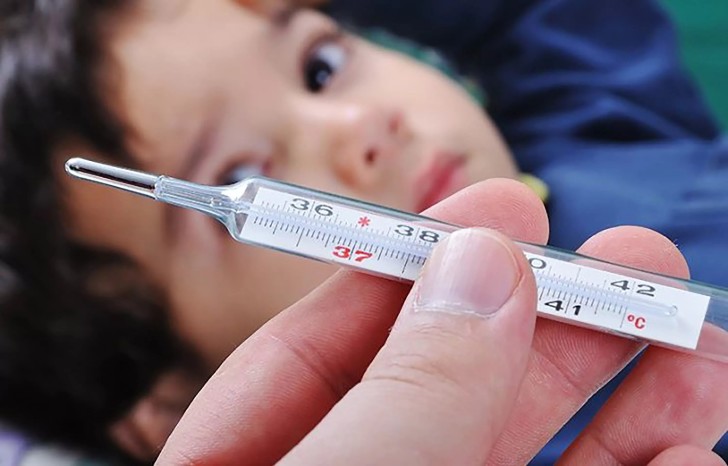 A rise in temperature at a certain period of the disease may indicate a deterioration in the child's condition.
A rise in temperature at a certain period of the disease may indicate a deterioration in the child's condition. Parents of a baby with whooping cough should carefully monitor his health and pay attention to the following signs:
- unexpected deterioration of the child's condition;
- rise in temperature in the 2nd week of illness;
- rapid breathing, coughing fits last longer and become more intense.
With such obvious changes in the condition of the child, especially the baby, it is necessary to immediately hospitalize him and take tests. The baby will spend a little time in the hospital, but this will be enough for the doctor to observe the acute period and, based on the blood and sputum tests obtained, stabilize the child's condition with medication.
It is important for parents not to miss the disturbing moments and to provide professional assistance to their treasure in time.
What are the treatments for whooping cough?
Most young patients with whooping cough are treated at home. The hospital is indicated for severe cases of the disease. Therapeutic measures consist of taking medications, but in the first place in the fight against the disease is to provide the child with conditions that help relieve coughing fits. Parents must:
- air the room more often and walk with the child on the street;
- maintain the level of air humidity;
- feed the baby in fractional portions, following the balance of nutrition in vitamins and other useful elements;
- protect the baby from stressful situations;
- muffle the sound, dim the light so as not to irritate the little patient;
- distract from coughing fits with a new cartoon or toy.
As you can see, the actions will not require incredible efforts from the parents, but they will make it much easier for the baby to suffer from an obsessive illness. Peace, affection, the interest of mom and dad in a speedy recovery will help your little treasure to endure coughing attacks morally more calmly. Attaching whooping cough does not give up its positions for a long time, so it is doubly important to be attentive to the physical discomforts of the child.
The use of folk remedies
Whooping cough has been known for a long time, it has sad statistics, especially in past centuries, when many babies died from the disease. Naturally, the healers of the past looked for means of dealing with it, tried to treat small patients with various herbal tinctures, decoctions, juices. We will tell you about folk remedies that have long been used to treat whooping cough. Parents can use them to mitigate seizures:
- calamus and honey;
- nettle or radish juice;
- infusion of clover;
- a mixture of ginger juice, almond oil and onion juice.
When choosing a folk remedy, make sure that your child is not allergic to it. When using inhalations with herbal ingredients, irritation from a dry cough can be reduced - the main thing is that the medicines are sprayed at high humidity (in the bathroom or using a humidifier). Well relieve cough nebulizer inhalation with mineral water.
Antibiotic treatment
The bacterial nature of whooping cough requires the mandatory use of antibiotics. Note that with the help of antibiotics, coughing attacks at the catarrhal stage of the disease are significantly stopped. Medicines help prevent the onset of a sharp exacerbation of the disease in the form of a paroxysmal cough.
Doctors note the resistance of the bacterium Bordetella pertussis to the penicillin series of antibiotics. "Augmentin", "Amoxiclav", "Flemoklav Solutab" are useless in the fight against whooping cough, it is recommended to use Erythromycin (we recommend reading:). The drug gives a quick improvement effect.
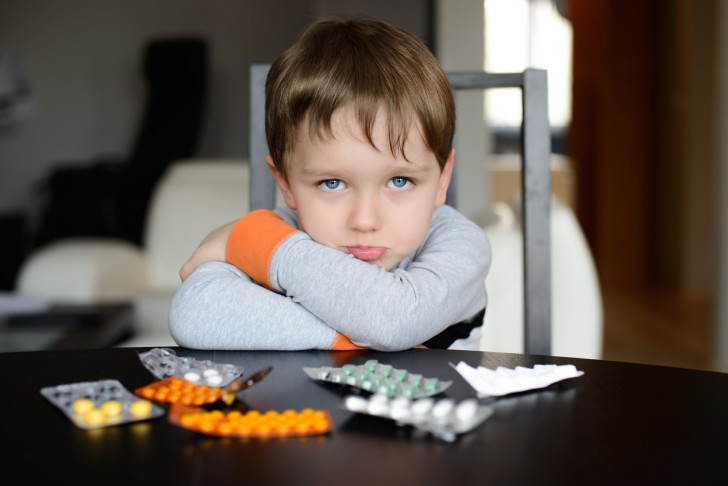 It must be borne in mind that not every antibiotic is suitable for the treatment of whooping cough.
It must be borne in mind that not every antibiotic is suitable for the treatment of whooping cough. Antibiotic treatment, started in the acute period, when the cough goes into a spasmodic phase, continues. The therapy is aimed at making the child non-infectious for other children, since antibiotics can no longer affect the cough center of the brain. The drugs are taken strictly according to the plan prescribed by the doctor: according to the exact time, period and doses. Parents should control this process, avoiding major deviations from the admission schedule.
Cough medicines
An obsessive cough gives the child physical and psychological discomfort. The kid begins to act up, refuses to eat, is afraid of the onset of coughing fits.
Antitussive drugs that suppress the cough reflex help to reduce annoying phenomena. Pharmacies offer them in a wide range. If you consider it necessary, use drugs such as Glycodin, Sinekod, Codelac Neo, Codeine, Panatus (we recommend reading:).
We draw the attention of parents that cough medicines may contain addictive narcotic components. They are potentially harmful to a small organism, can cause undesirable consequences. For infants, cough medicines are used with the permission and under the constant supervision of the local pediatrician, in limited or strictly calculated doses.
 The medication must be taken under the supervision of a physician.
The medication must be taken under the supervision of a physician. Mucolytics and expectorants
Indicated in the treatment of cough during viral infections, bronchitis, pneumonia, tracheitis. In whooping cough, they are prescribed to reduce complications in order to prevent the onset of pneumonia or chronic bronchitis in children and adults. They work to liquefy sputum and remove it from the respiratory system. Although they do not relieve coughing spells, they are useful in controlling whooping cough.
- Intercostal neuralgia - what is it and how to treat
- How to quickly get rid of dry corns on the legs
- How to treat left ventricular hypertrophy
- Rating of the best drugs for rotavirus for children
- Making tea from currant leaves, the benefits and harms of the drink
- How to drink hydrogen peroxide according to Neumyvakin - an oral regimen
- Features of the treatment of plantar fasciitis with folk remedies
- The composition and beneficial properties of parsley root
- How to get pregnant quickly? Folk remedies
- Herbs-ants in the "pot-bellied" period or the use of herbal medicine during pregnancy
- Why does a sore throat and dry cough occur, and what treatment is required?
- In what year did Zhirinovsky first run for office
- Who is a pedant? What is pedantry? Pedantry equals scrupulousness? Positive traits of a pedant
- Meaning of esthete Examples of using esthete in context
- what is haiku what is haiku
- Lily is a Tatar name. What does the name lily mean. Short and diminutive address
- Golden, red and black bananas
- Rule for adding square roots
- What is a can of Coca Cola made of?
- What should you remember before cloning yourself?




